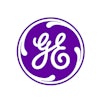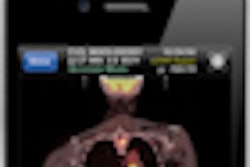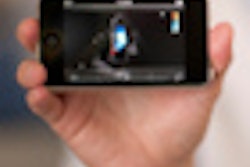Monday, November 28 | 3:30 p.m.-3:40 p.m. | SSE12-04 | Room S402AB
In this scientific paper presentation, a study team from MD Anderson Cancer Center at the University of Texas will describe how intelligent hanging protocols may unlock productivity gains for radiologists.A traditional three-monitor PACS display configuration can be hard-pressed to accommodate the number of image series in a study along with comparison exams. And radiologists can easily become overwhelmed when multiple studies are bundled, according to the research team.
"Selecting the which, when, and where to look at for images is complex for most MRI and PET cases," said presenter Dr. Naveen Garg. "This complexity is also creeping into CT as multiplanar reconstructions, dual-energy, subtraction, and 3D images enter our workflow."
To improve this process, the MD Anderson researchers utilized the application programming interface (API) on their PACS to extract DICOM headers from all studies for a particular patient. They then developed various hanging protocols that employed regular expressions, which provide a means of pattern matching of strings of text or words. To select relevant prior studies for display, the developers incorporated control-flow computing techniques, which employ "if-then" statements to make different decisions based on different variables or intermediate results.
The researchers discovered that using control flow and regular expressions yielded a greater number of possible hanging protocols than an approach that relied on a limited set of criteria defined by a radiologist.
"With more intelligent and context-sensitive hanging protocols, radiologists can spend more energy on diagnosis and less energy on moving the images," Garg said. "Potentially, it is a similar change as going from analog films to digital PACS."




















